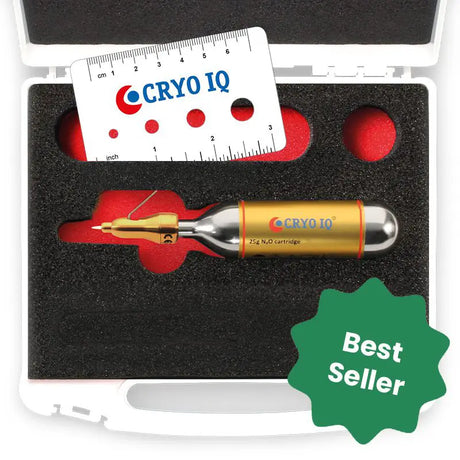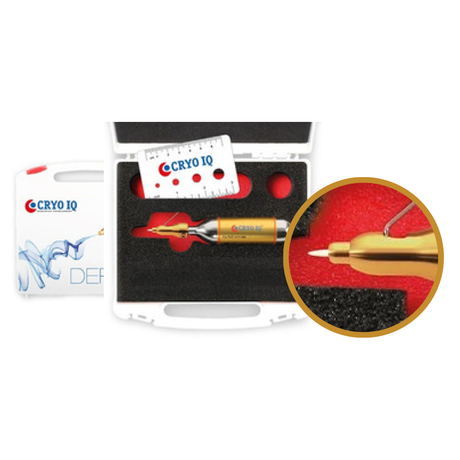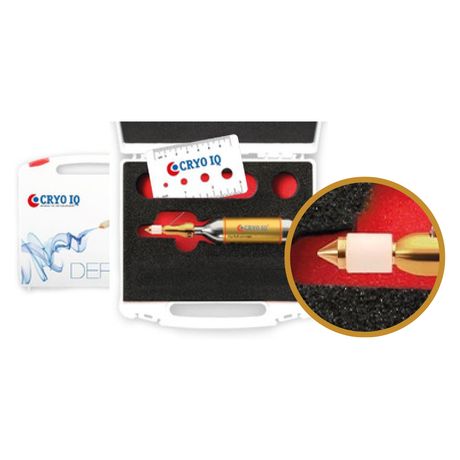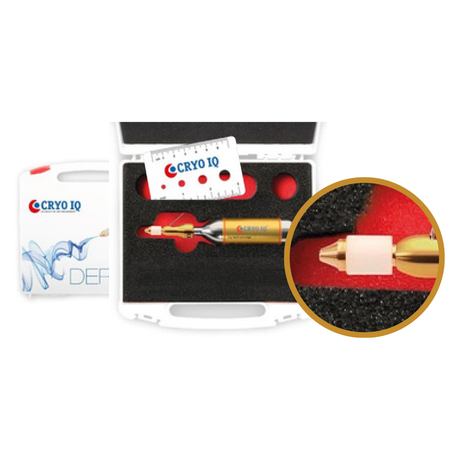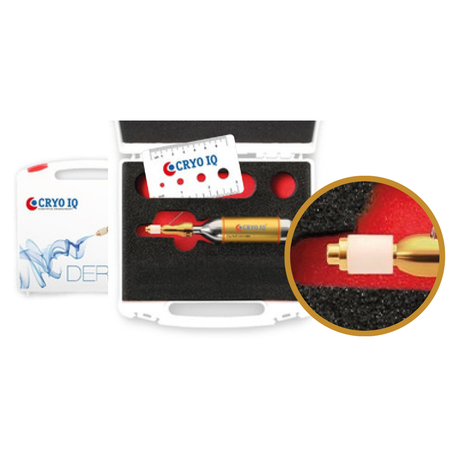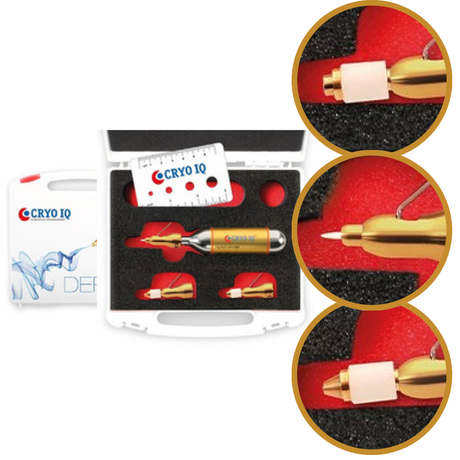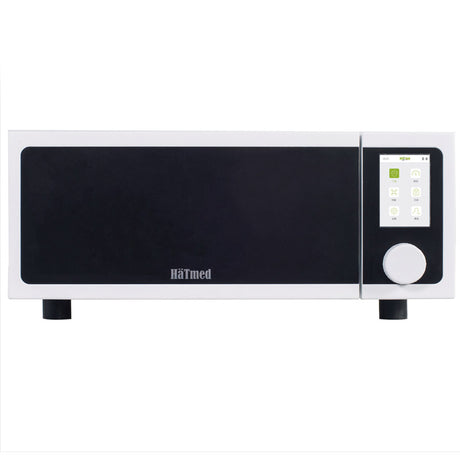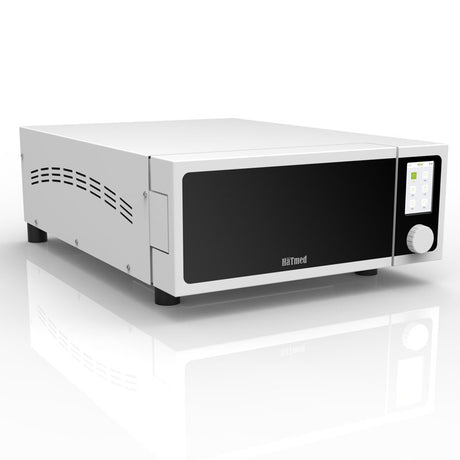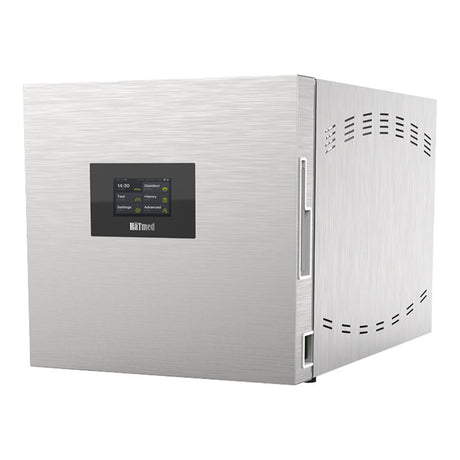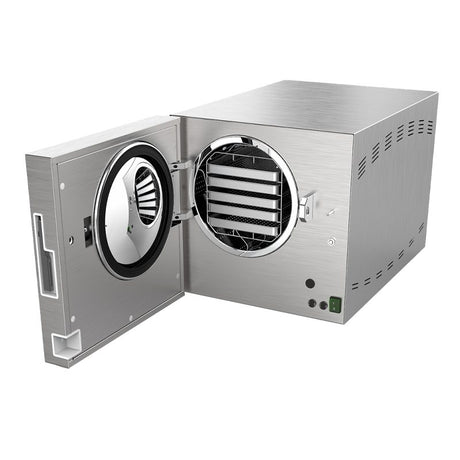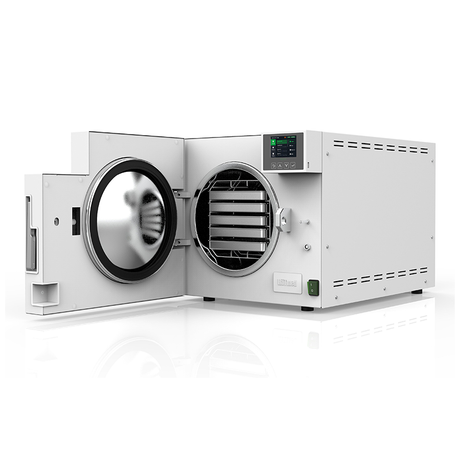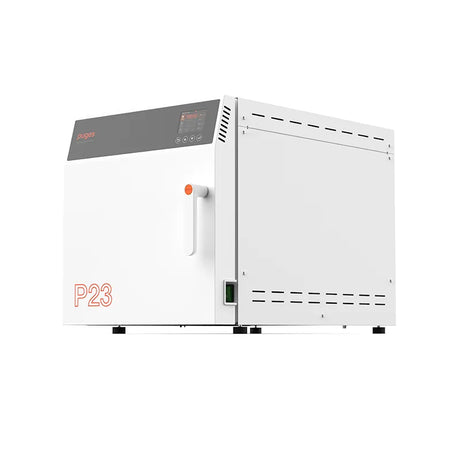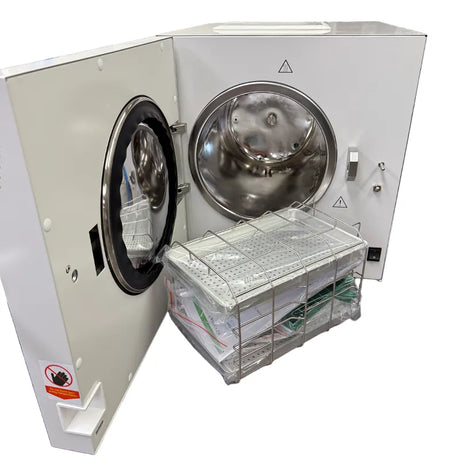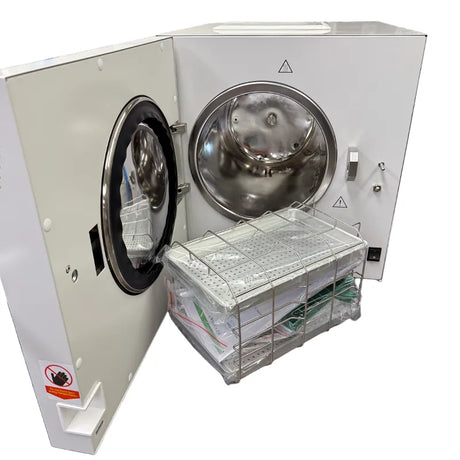If you’ve been looking at different options for supplemental oxygen, chances are you’ve heard the terms “pulse dose” and “continuous flow” already. This is because these options are one of the most determining factors for what type of portable oxygen system you’ll ultimately choose to get.
So, what are these two types of oxygen delivery methods exactly? How do they differ? And (more importantly) which one is right for you?
Let’s take a closer look at the essential differences between pulse dose and continuous flow oxygen, how each type works, and some scenarios that each is best suited for, to help make your decision a lot easier.
What is a pulse-dose portable oxygen concentrator?
Pulse dose portable oxygen delivery is an innovative method of oxygen therapy that, as the name would suggest, is portable and delivers a ‘pulse’ of oxygen. Simply put, the pulse dose portable oxygen concentrator is designed to detect and adapt to your natural breathing patterns, releasing oxygen only when you inhale, delivering oxygen to you in short, measured bursts (or ‘pulses’ – hence the name). The volume of the burst is dependent on the setting, and the oxygen requirement of the user.
Specially designed, built-in sensors ensure that pulse dose portable oxygen concentrators automatically detect the start of your inhalation, and then immediately release a ‘pulse’ of oxygen. This highly responsive and efficient technique, ultimately conserves battery life, compared to its continuous flow counterpart. Pulse dose systems are well-suited for people who are frequently on the move, enjoy travelling, or just want greater independence while managing their oxygen needs - keeping them out on the go.
If you have an active lifestyle, pulse dose portable oxygen concentrators are a popular choice because of their compact and lightweight, portable design, which means you can easily carry them wherever you go.
However, pulse dose oxygen concentrators aren’t always suitable for everyone’s oxygen needs. If you have higher oxygen requirements, need to use an oxygen concentrator while sleeping with CPAP or BIPAP therapy, or tend to breathe predominantly through your mouth rather than your nose, you may need a different solution that’s better suited to your needs - like a continuous flow portable concentrator, oxygen cylinder, or a stationary in-home concentrator.
What is a continuous flow portable concentrator?
As its name suggests, a continuous flow delivery system does just that: provides a steady stream of oxygen at a fixed rate that’s measured in litres per minute (LPM).
This is considered the more “traditional” form of oxygen delivery, since it was the standard for oxygen cylinders, stationary in home oxygen concentrators as well as the original portable oxygen concentrators, until the advent of more battery efficient, oxygen conserving, pulse dose concentrators.
Continuous flow is a reliable option for people who might have higher continuous flow oxygen requirements, those who require supplemental oxygen during sleep, or those who use oxygen in conjunction with CPAP or BiPAP machines, as well as those who have medical conditions that might impact their breathing patterns.
The most noticeable trade-off with smaller, more portable pulse dose oxygen concentrators is that continuous flow portable concentrators are usually significantly larger and less portable than the compact pulse dose systems - with much shorter battery life due to the continuous production and delivery of oxygen at a fixed LPM, instead of the ‘pulse’ delivery of oxygen on inhalation only. This means they’re more typically used in home and medical settings, and for short trips out or travel to locations where extended battery life isn’t needed, or where power outlets are readily available for recharging.
Litres per minute and flow rate
The main difference between pulse dose and continuous flow portable oxygen concentrators is in how oxygen itself is measured and delivered.
Continuous flow systems deliver oxygen at a constant rate and volume that’s measured in litres per minute (LPM). For example, a doctor may prescribe 2 LPM for a patient, meaning the machine will deliver two litres of oxygen per minute continuously in a consistent stream - like when you turn on a tap.
Unlike a continuous flow device which delivers a constant stream of oxygen in LPM, pulse dose concentrators deliver oxygen in ml per breath in single doses or ‘pulses’, only when a person breathes in - like taking sips of water from a straw. The cannula that connects the person to the POC allows the device to detect the patient’s inhalation (breathing in) and sync up with their breathing for more efficient oxygen production and delivery, while also using less space to store concentrated oxygen and conserving battery life by using less energy. The pulse dose POCs have several flow rate settings, which may range from 1 to 9, referring to the volume of oxygen released with each pulse in ml/breath.
These settings don’t necessarily correspond directly to LPM and may vary across brands. Because of this, it’s important to work with your healthcare provider to determine the right setting for your prescribed oxygen needs using the specific pulse dose POC you plan to use.
Pulse dose vs continuous flow oxygen: let’s compare
Here’s a breakdown of the most significant differences between pulse dose and continuous flow oxygen systems:
|
Pulse dose |
Continuous flow |
|
|
Type of delivery |
Segmented; releases pulses while breathing in |
Uninterrupted, constant, continuous |
|
Rate of flow |
ml/breath (milliletres per breath) |
LPM (litres per minute) |
|
Battery |
Longer battery life or connected to power outlet |
Shorter battery life or connected to power outlet |
|
Portability |
Lightweight; smaller model can be fitted into carry bag or backpack |
Can come with wheels on cart but generally heavier & less portable |
|
Location |
Mobile usage |
Limited mobility, in home or hospital setting with power outlets close by |
|
Uses |
Exercise, longer outings, long walks, travel, activities and events |
Mild exercise, sleeping, short outings, stationary or seated activities, meals |
These are just some of the key ways to separate the most common uses of pulse dose and continuous flow systems. But the most important thing to keep in mind is to start by having an open conversation with your doctor about what you intend to use it for - they’ll help you determine the best oxygen delivery system for your specific condition and needs.
Ultimately, whether you prioritise portability or require a steady, higher-volume oxygen delivery system, there’s a solution designed to meet your healthcare needs – when and where you need it. We are here to ensure you get it as easily as possible.
If you’d like some extra guidance on specific devices or features, don’t hesitate to contact us for free, personalised guidance on our range of specialised oxygen concentrators available from Zone Medical.


